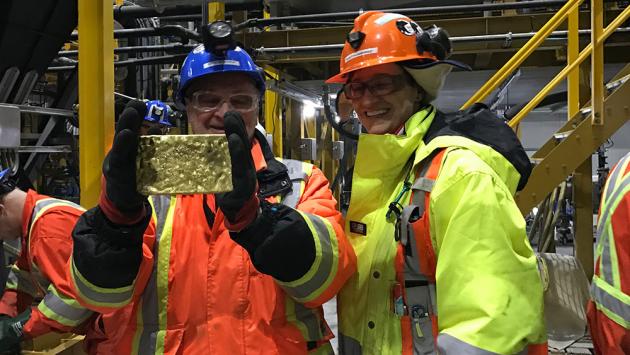A report released by Deloitte Access Economics – Mining and METS: engines of economic growth and prosperity for Australians – reveals that the total economic contribution of Australia’s mining and mining equipment, technology and services (METS) sector was A$236.8 billion in 2015-16.
The report, commissioned by the Minerals Council of Australia (MCA), shows that the mining and METS sector accounts for around 15% of the Australia’s gross domestic product (GDP) – representing a major contribution to Australia’s economic prosperity.
Mining and METS activities support a total of 1.1 million jobs across Australia, representing approximately 10% of total employment.
Deloitte Access Economics’ new modelling applies a similar method to the Reserve Bank’s 2013 Research Discussion Paper Industry Dimensions of the Resource Boom: An Input-Output Analysis.
While the benefits of mining and METS activities are distributed across Australia, there are a number of regional areas where the sector makes a particularly significant economic contribution:
- The Pilbara region (WA), with a total economic contribution of A$37.8 billion (88% of total regional economic activity) and 93,800 jobs (direct and indirect)
- The Bowen-Surat region (QLD), with a total economic contribution of A$18.6 billion, which represented 63% of total regional economic activity and 99,700 jobs (direct and indirect)
- The Hunter region (NSW), with a total economic contribution of A$15.2 billion (34% of total regional economic activity) and 93,600 jobs (direct and indirect).
The report by Deloitte Access Economics also features ten case studies of mining and METS companies, which demonstrate that innovation and technological improvements are central to the efficiency and global competitiveness of the sector.
The case studies include examples of mining and METS innovation ranging from the use of drones and semi-autonomous earth moving equipment in mining operations to use of sophisticated mine design and modelling software and data analytics.
The productivity benefits of innovation highlighted in these case studies include reduced operating costs, extending the productive life of mines, higher yields, safety improvements, and higher workforce satisfaction and productivity.
Deloitte Access Economics further points out that Australia’s comparative advantage in mining and METS not only hinges on innovation; it also depends on policies that strengthen competition, support the accumulation of skills and capital, and enable firms to respond flexibly to changing market conditions.
Supportive and flexible policy settings helped to establish the most recent mining boom; yet there is now the potential for adverse policy settings to compromise a major source of Australia’s national prosperity and future economic growth.
In looking to sustain the economic contribution of Australia’s mining and METS sector into the future, governments need to provide:
- A competitive and fair taxation system
- Flexible workplaces
- Openness to foreign investment
- Affordable and reliable energy
- Efficient approaches to regulation, especially with respect to project approvals
- Support for collaboration between the mining and METS sector and research organisations.
The report concludes that: ‘It is critical that governments pay heed to these key policy areas and initiate reforms where improvement is required, so that mining and METS continue to innovate and grow, helping to secure Australia’s future prosperity.’











